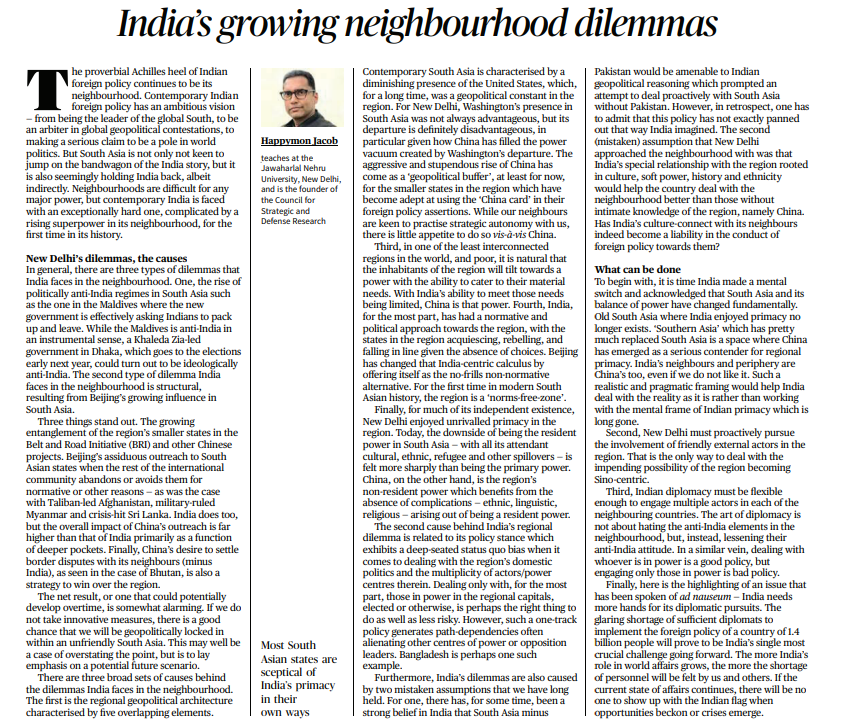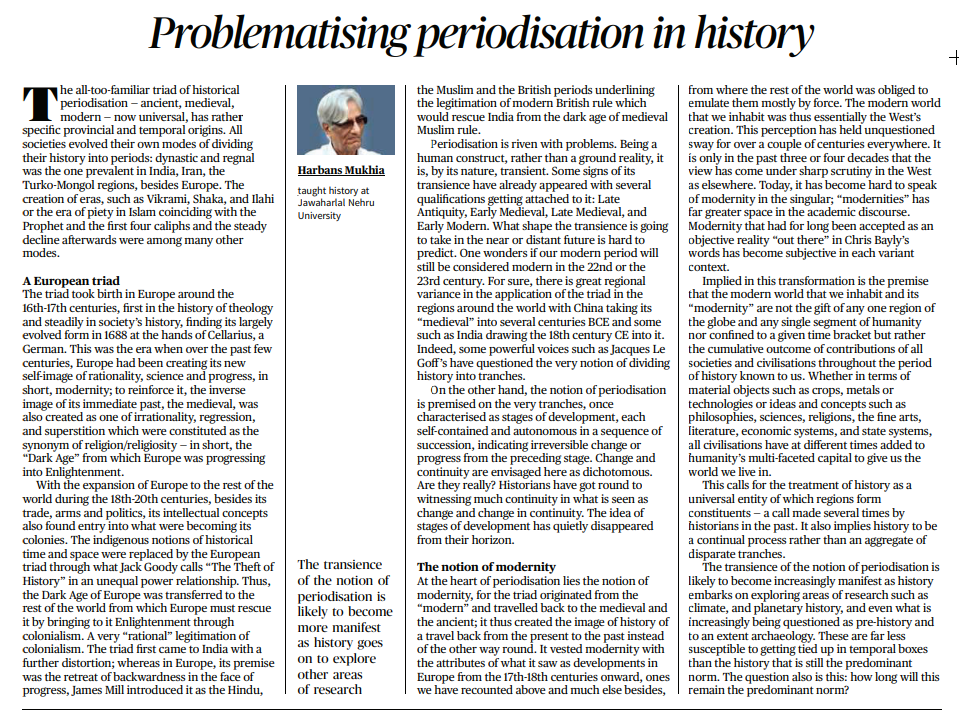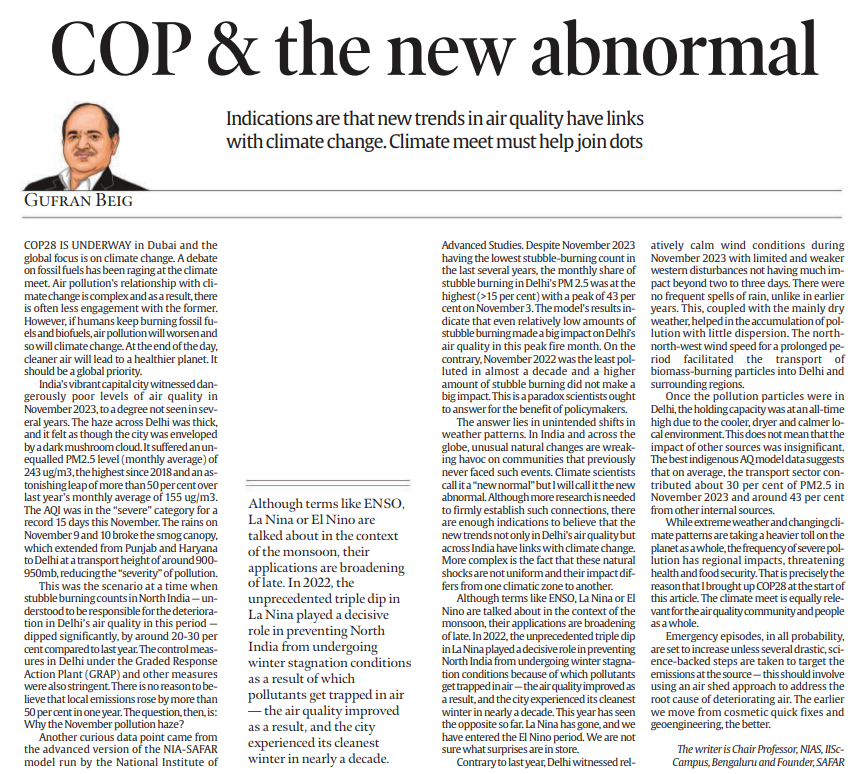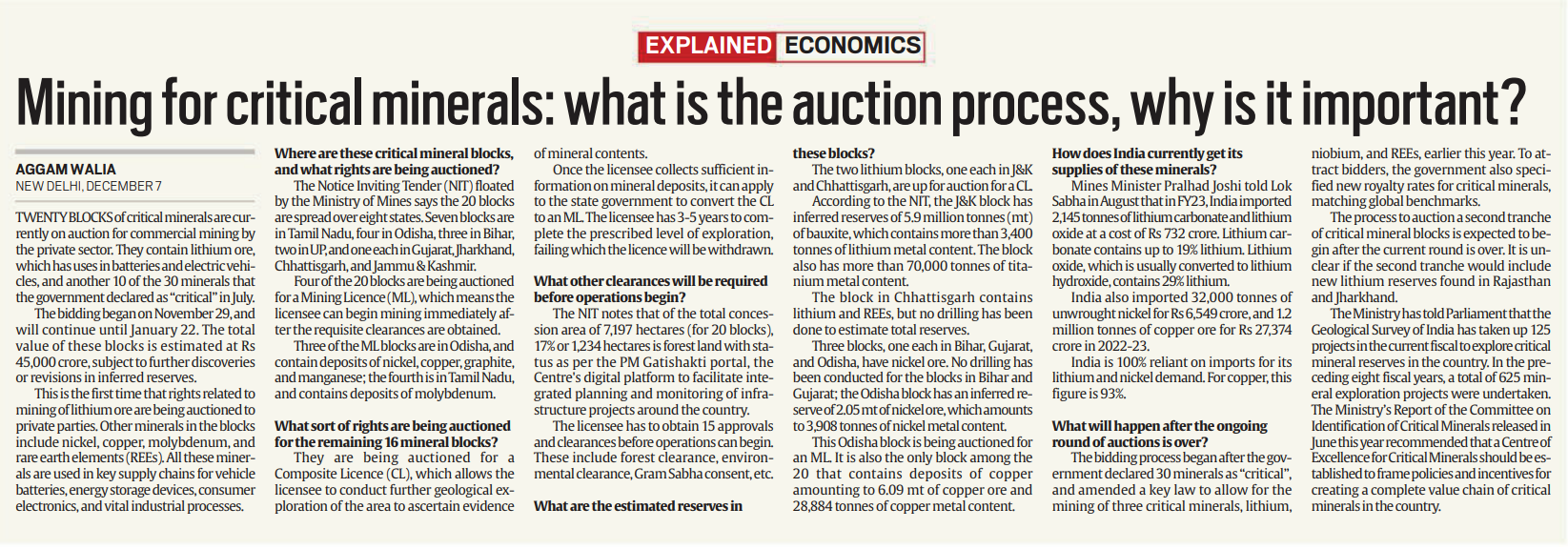The Achilles Heel of Indian Foreign Policy: Challenges and Solutions
Introduction:
Contemporary Indian foreign policy, driven by ambitious visions of global leadership, faces a significant hurdle in its own neighborhood.
Despite aspirations to be a pole in world politics, South Asia remains a complex and challenging arena for India.
The rise of politically anti-India regimes, structural dilemmas stemming from China’s influence, and shifts in regional geopolitical architecture contribute to New Delhi’s dilemmas.
New Delhi’s Dilemmas: Causes and Types
- Rise of Anti-India Regimes:
– The challenge posed by politically anti-India regimes, such as in the Maldives and the potential ideological shift in Bangladesh, creates diplomatic hurdles.
- Structural Dilemmas from China’s Influence:
– Beijing’s growing influence, evident in the Belt and Road Initiative (BRI) and other projects, along with border dispute resolutions, complicates India’s regional standing.
– China’s adept outreach to South Asian states contrasts with India’s normative and political approach, making the region a ‘norms-free-zone.’
- Regional Geopolitical Architecture:
– Changes in regional geopolitical architecture, marked by the diminishing presence of the United States and the aggressive rise of China, create a geopolitical vacuum filled by Beijing.
Causes Behind India’s Dilemmas
- Geopolitical Architecture:
– The diminishing presence of the United States and the aggressive rise of China reshape regional dynamics, disadvantaging India and empowering smaller states to leverage the ‘China card.’
– China’s norms-free approach contrasts with India’s normative and political stance in the region.
- Policy Stance:
– India’s deep-seated status quo bias in dealing with regional domestic politics limits engagement with various power centers, leading to path-dependencies and alienation.
- Mistaken Assumptions:
– The belief that South Asia minus Pakistan would align with Indian geopolitical reasoning has proven false.
– India’s cultural and historical connections with the region may not necessarily translate into diplomatic advantages compared to non-resident powers like China.
What Can Be Done
- Realistic Framing:
– Acknowledge the fundamental shift in the balance of power in the region and accept that the old paradigm of Indian primacy no longer applies.
- External Actor Involvement:
– Proactively engage friendly external actors to counter the impending Sino-centric dominance in the region.
- Flexible Diplomacy:
– Adopt a flexible diplomatic approach that engages multiple actors within neighboring countries, focusing on lessening anti-India attitudes rather than demonizing opposing elements.
- Diplomatic Workforce Expansion:
– Address the shortage of diplomats by expanding India’s diplomatic workforce, recognizing it as a crucial challenge hindering effective implementation of foreign policy.
Conclusion:
To secure its position in an evolving geopolitical landscape, India must reevaluate its foreign policy approach, embracing flexibility, acknowledging regional shifts, and investing in diplomatic capabilities. Failure to do so risks India’s entrapment within an unfriendly South Asia, hindering its aspirations on the global stage.
Introduction: The Genesis of Historical Periodisation
- The conventional triad of historical periodisation—ancient, medieval, modern—though now considered universal, originates from specific temporal and regional contexts.
- Various societies developed unique ways of dividing their history, with examples like dynastic and regnal periods in India, Iran, Turko-Mongol regions, and Europe.
- The European triad, particularly the modern-medieval-ancient sequence, emerged in the 16th-17th centuries, shaped by the Enlightenment’s rationality, science, and progress narrative.
The Global Spread of the European Triad
- As Europe expanded globally during the 18th-20th centuries, its intellectual concepts, including historical periodisation, infiltrated its colonies.
- Jack Goody’s concept of “The Theft of History” describes how European ideas replaced indigenous notions of time and space worldwide.
- In India, James Mill further distorted the triad, framing historical periods as Hindu, Muslim, and British, justifying British colonial rule as a rescue from the perceived dark age of medieval Muslim rule.
Challenges and Transience of Periodisation
- Periodisation is a human construct rather than a grounded reality, making it inherently transient.
- Qualifications such as Late Antiquity, Early Medieval, and Early Modern have already challenged its rigidity.
- The future trajectory of periodisation is uncertain, raising questions about whether the modern period will still be considered modern in the 22nd or 23rd century.
- Regional variations in applying the triad add complexity, with China dating its “medieval” to centuries BCE and India including the 18th century CE.
Dichotomies and Continuities in Historical Change
- The concept of periodisation hinges on stages of development, each seen as self-contained and autonomous, indicating irreversible progress.
- However, historians now recognize continuity within change and change within continuity.
- The once-dominant idea of linear stages of development has faded, challenging the dichotomous view of history.
Modernity at the Core of Periodisation
- Modernity is central to periodisation, originating from the “modern” and traveling backward to the medieval and ancient.
- The West’s perception of modernity, shaped by developments from the 17th-18th centuries onward, has been imposed on the rest of the world.
- However, in recent decades, the notion of a singular modernity has given way to the recognition of “modernities,” acknowledging diverse contextual interpretations.
History as a Universal Entity
- A paradigm shift is underway, challenging the idea that the modern world is exclusively the West’s creation.
- History is increasingly viewed as a universal entity formed by the cumulative contributions of all societies and civilizations.
- This perspective emphasizes the interconnectedness of material objects, ideas, philosophies, sciences, religions, arts, literature, economic systems, and state systems throughout history.
The Evolving Notion of History and Its Future Challenges
- As history explores new frontiers like climate, planetary history, and reconsiders pre-history and archaeology, the traditional notion of periodisation faces challenges.
- These areas are less confined to temporal boxes, suggesting that the predominant norm of periodisation may undergo further transformations.
The question remains: how long will the traditional periodisation endure in the face of evolving research paradigms and a more interconnected understanding of human history?
Climate Change, Fossil Fuels, and Air Quality in the Context of COP28
Introduction:
- The ongoing COP28 in Dubai has thrust the global spotlight onto climate change, with a particular focus on the contentious debate surrounding fossil fuels.
- This editorial analysis delves into the intricate relationship between air pollution and climate change, emphasizing the critical need for global prioritization of cleaner air.
Air Quality Crisis in Delhi:
- November 2023 witnessed an alarming deterioration of air quality in Delhi, reaching unprecedented levels not seen in several years.
- The city experienced a hazardous PM2.5 level surge of over 50%, raising concerns about the health and well-being of its inhabitants.
- The air quality index (AQI) lingered in the “severe” category for a record 15 days, prompting a closer examination of the contributing factors.
Stubble Burning Paradox:
- Despite a significant decrease in stubble burning counts in North India, the primary suspected cause of Delhi’s poor air quality, the pollution haze persisted.
- This paradox raises questions about the direct correlation between stubble burning and air quality, necessitating an exploration of additional factors at play.
Unintended Shifts in Weather Patterns:
- The advanced NIA-SAFAR model revealed a perplexing disconnect between stubble burning counts and Delhi’s PM2.5 levels, hinting at the influence of unintended shifts in weather patterns.
- The term “new abnormal” is introduced to describe the unpredictable changes affecting regions globally, with indications linking these shifts to climate change.
Role of Climate Phenomena:
- The analysis introduces the role of climate phenomena such as ENSO, La Nina, and El Nino in shaping air quality.
- The triple dip in La Nina in 2022 is credited with improving Delhi’s air quality, while the absence of La Nina in 2023 and the onset of El Nino present new challenges.
- The impact of these phenomena extends beyond the monsoon season, influencing the dispersion of pollutants.
Wind Conditions and Local Environment:
- Delhi’s relatively calm wind conditions in November 2023, coupled with limited rain and dry weather, facilitated the accumulation of pollution with minimal dispersion.
- The north-north-west wind speed played a crucial role in transporting biomass-burning particles into Delhi.
- Indigenous AQ models highlight the substantial contribution of the transport sector and other internal sources to PM2.5 levels.
Global Implications and COP28 Relevance:
- The analysis underscores the regional impact of severe pollution on health and food security, emphasizing the relevance of COP28 to both the climate and air quality communities.
- As extreme weather events become more frequent, the imperative for science-backed measures to address emissions at the source becomes clear.
Conclusion:
The looming increase in emergency pollution episodes necessitates urgent, science-backed interventions.
The editorial analysis advocates for a shift from superficial solutions to a comprehensive air shed approach, urging policymakers to prioritize long-term strategies over cosmetic fixes and geoengineering.
The urgency of addressing the interlinked challenges of climate change, fossil fuel usage, and air quality is paramount for a healthier and sustainable planet.





